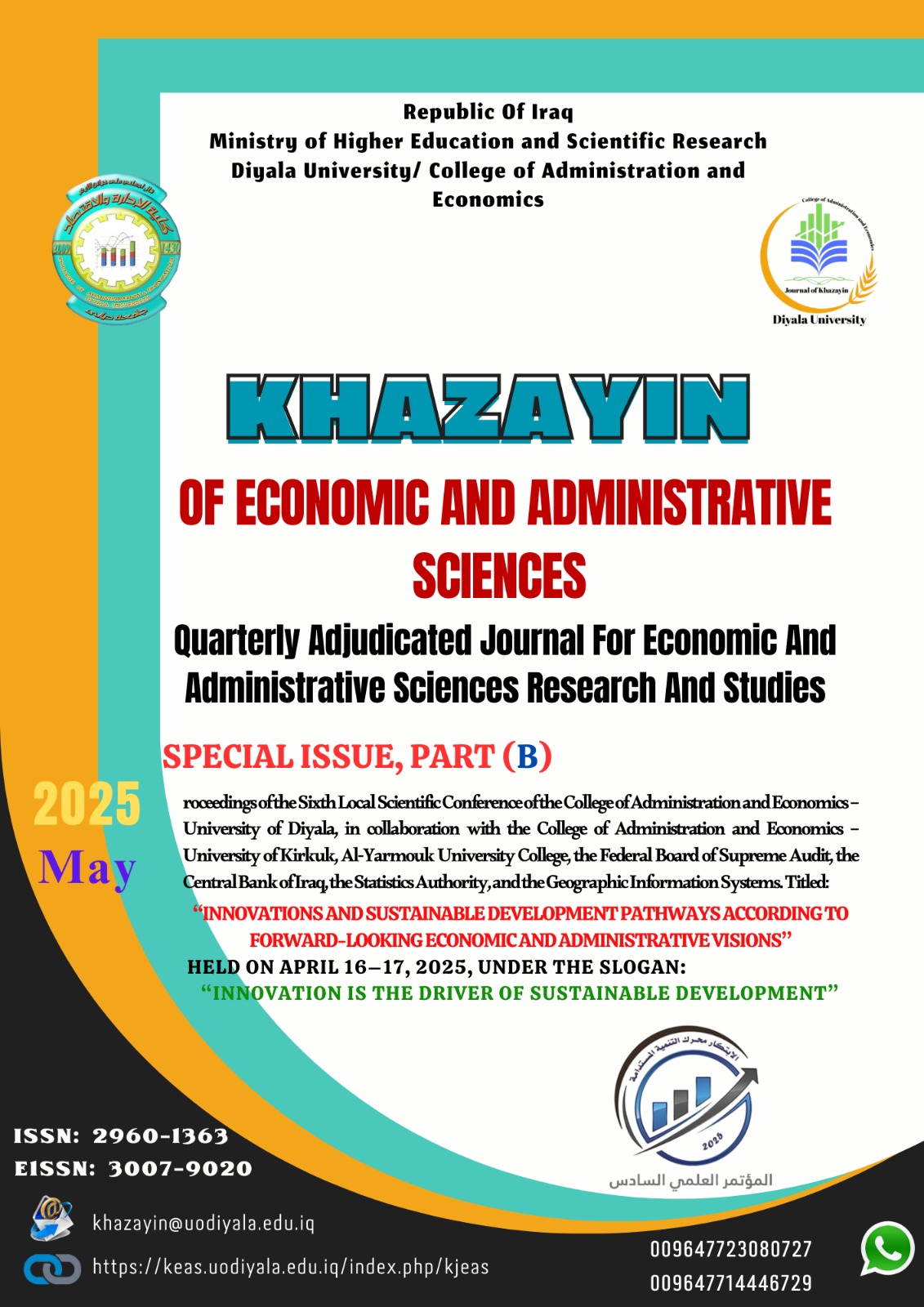Comparison between B-Spline Regression and Penalized B-Spline Using M-Estimator Robust Method for Estimation Non-Parametric Regression Model
DOI:
https://doi.org/10.69938/Keas.Con2.250227Keywords:
Nonparametric Regression, B-Spline, Spline Regression, Penalized Spline Regression, M-estimator Immunization MethodAbstract
Bootstrapping methods in nonparametric regression have garnered significant attention in recent years, with numerous distinct bootstrapping approaches proposed for estimating regression models. These models can be causal, built upon the principle of cause and effect, termed parametric regression models, which adhere to specific assumptions and take a functional form. However, in situations where knowledge about the phenomena under study is lacking and establishing a causal function between variables is not feasible, another type of regression model emerges, known as nonparametric regression. regression and penalized spline regression using B-spline basis functions, to obtain estimates for the nonparametric regression model. The study aims to identify the optimal estimator among the aforementioned smoothing estimators for representing the studied data, based on the results of simulation experiments. Through the empirical analysis, it was concluded that the penalized spline smoothing method using B-spline basis functions was the most effective in estimating the nonparametric regression model. In this research, several smoothing techniques were employed, including spline

Downloads
Published
How to Cite
Issue
Section
License
Copyright (c) 2025 Khazayin of Economic and Administrative Sciences

This work is licensed under a Creative Commons Attribution-NonCommercial 4.0 International License.











